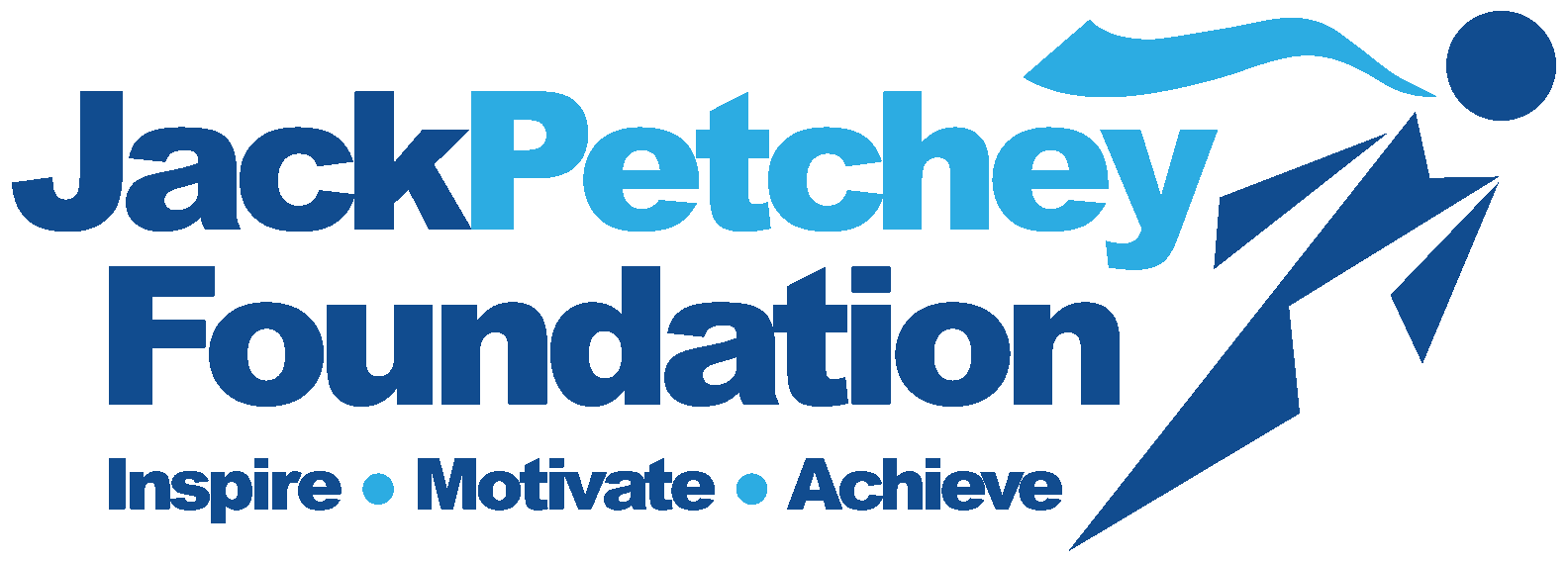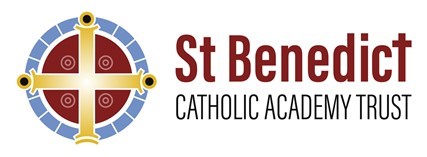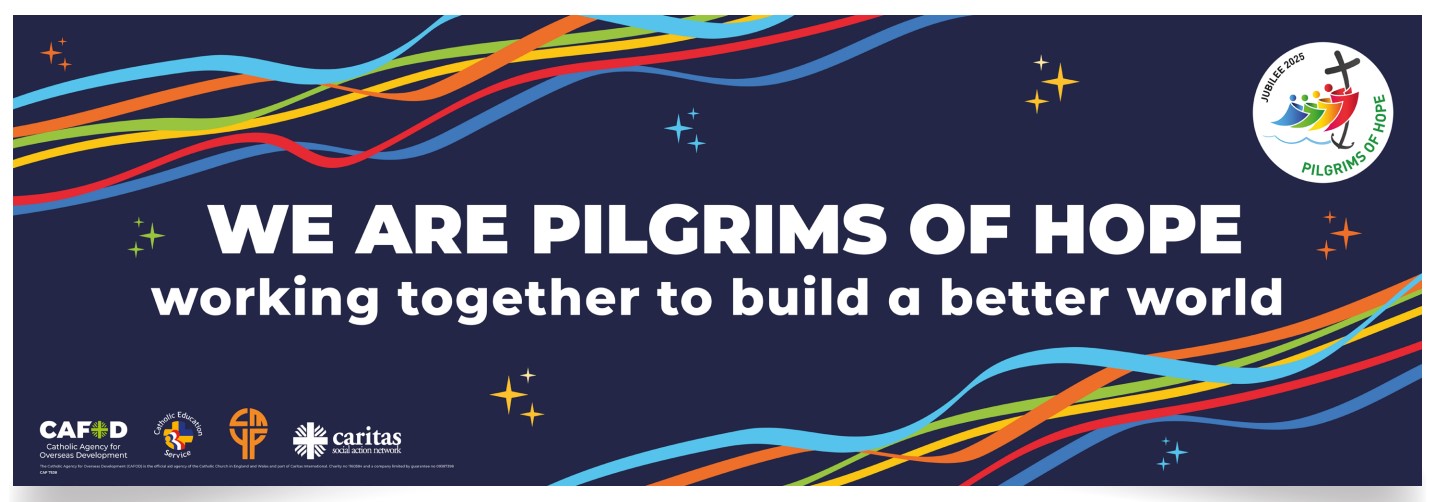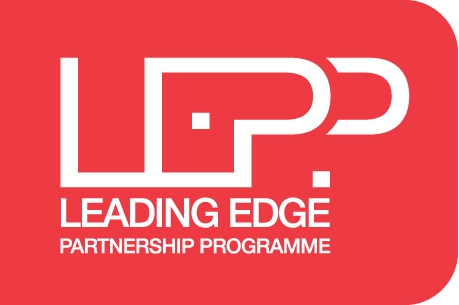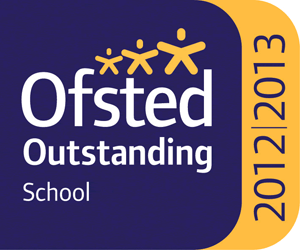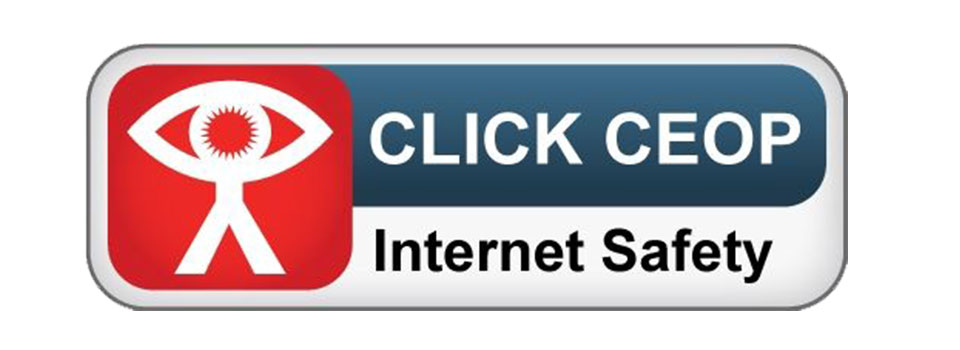A-Level Textiles
Design and Technology A level Information
Have you ever wondered why some things go together and others clash?
Have you ever wondered how a product continues to stay popular in the market place?
Have you ever wondered why 80 percent of most products usage involve only 20 percent of its features?
Have you ever wondered how designers can use less resources and design products to ensure a sustainable future?
Design and Technology is an inspiring, rigorous and practical subject. In formulating our new GCE endorsed titles; Design Engineering, Fashion and Textiles and Product Design, OCR worked closely with Higher Education and industry to ensure that the direction of the qualification supports progression beyond A level. There is a focus on ensuring the content reflects authentic practice, giving an insight into the way that creative, engineering and/ or manufacturing industries function. The OCR specifications require you to apply mathematical and scientific knowledge, understanding and skills and reflects the importance of Design and Technology as a pivotal STEM subject.
Fashion and Textiles:
The subject content of this title is focused towards fashion and textiles products and accessories in a range of applications; their analysis in respect of materials, process, trends and use in relation to industrial and commercial practices of fashion and textiles.
In Fashion and Textiles materials and components are studied from the perspective of analysing modern consumer products that are designed to meet identified consumer needs, their design and manufacture. These are taught within the context of product development and industrial and commercial practices within the chosen area of study. In all three titles, the wider issues affecting design decisions are also covered.
Programme of study at KS5
Entry requirements: C or above in Art or a Technology subject at GCSE.
The college currently runs two course at KS5; Product design and Product design – Textiles.
http://www.ocr.org.uk/qualifications/as-a-level-gce-design-and-technology-product-design-h053-h453/
Both courses follow the same structure, but differ in the outcome’s dependant on the material area of focus. Both courses use the OCR exam board.
- The course is designed to teach students to:
- Initiate design solutions, develop, test and trial working models and prototypes;
- Develop and sustain imagination, innovation and flair when working with concepts and materials;
- Develop an understanding of contemporary design and technological practices and consider the uses and effects of new technologies and modern materials;
- develop thinking skills, financial capability, enterprise and entrepreneurial skills
What’s included?
During the two-year course, you will study a range of materials. You will develop a technical understanding of how products function and how they are made to appropriately support the design and manufacture of your own design solutions. You will learn about wider design principles and the effect of design on users and the world we live in. You will identify market needs and opportunities for new products, initiate and develop design solutions, and make and test prototypes/products. You will develop your subject knowledge, including how a product can be developed through the stages of prototyping, realisation and commercial manufacture. You will develop a critical mind through enquiry and problem solving, exploration, creation and evaluation of iterative designs. We encourage freedom in approaches towards designing and making so as not to limit the possibilities of project work or the materials and processes being used. The OCR content requires you to apply mathematical and scientific knowledge, understanding and skills. This content reflects the importance of Design and Technology as a pivotal STEM subject.
How will you be assessed?
A Level A non-examined ‘Iterative Design Project’ is a substantial design, make and evaluate project centred on the iterative processes of explore, create and evaluate. It is worth 50% of the A Level qualification. You will be required to identify a design opportunity or problem from a context of your own choice, and create a chronological portfolio supported by real–time evidence of your project development. Innovative approaches will be required resulting in a final prototype that can be tested against the user and the market. The ‘Principles’ examination paper is worth 26.7% (80 marks) of the A Level qualification and assesses analysis of existing products, technical knowledge and understanding of materials, product functionality, manufacturing processes and techniques and allows you to demonstrate your understanding of design thinking and wider social, moral and environmental issues that impact on the design and manufacturing industries. The paper is 1 hour 30 minutes long. The ‘Problem Solving’ paper is worth 23.3% (70 marks) of the A Level qualification and requires learners to apply their knowledge and understanding through higher level thinking skills, reflecting on the viability of products and possible design solutions in context and being able to make critical judgements on the most appropriate methods and outcomes. The paper is 1 hour 45 minutes long.
| COURSE BREAKDOWN | |
| NEA (Non-Examined Assessment)
Design task based on your design interests. |
50% of final grade |
| Principles Exam Paper
Subject specific technical understanding and knowledge assessed. |
26.7% (80 marks)
1 hour and 30 minutes |
| Problem solving exam paper
Application of knowledge and understanding and higher order thinking assessed. |
23.3% (70 marks)
1 hour and 45 minutes |
What are the benefits?
- The course will strengthen your critical thinking and problem solving skills within a creative environment, enabling you to develop and make prototypes that solve real world problems, considering your own and others’ needs, wants, aspirations and values.
- You will develop intellectual curiosity of the design and manufacture of products and systems, and their impact on daily life and the wider world, making you a more discriminating purchaser.
- It will help you to be creative in your approach to work and develop your sketching ability and use of digital technologies in designing and creating quality products.
- You will learn about a range of materials and, components and manufacturing methods to help create functional products.
- You will learn to work collaboratively to develop and refine your ideas, responding to feedback from users, peers and expert practitioners.
- You will gain an insight into the creative, engineering and/or manufacturing industries and learn about the iterative design practices and strategies they use.
- You will learn about important issues that affect design in the wider world such as sustainability, globalisation and inclusive design; in order to become an empathetic and successful designer who can consider wider social implications of products.
Further Reading:
(You are not expected to buy these to read, but may be able to access them from a library)
Materials and their applications
- Udale, J. Textiles and Fashion
- Willard, D. The Fabric Selector
- Betzina, S. More Fabric Savvy
Modern Fabrics
- Hibbert, R. Textiles Innovation
Design Theory
- Werle, S. 50 fashion Designers you should know
- Design museum Enterprise Limited Fifty Dresses that changed the World
- Mendes, V and Dela Hay, A. 20th Century Fashion
Pattern Making
- Gilewska, T. Pattern-Drafting for Fashion: The Basics



